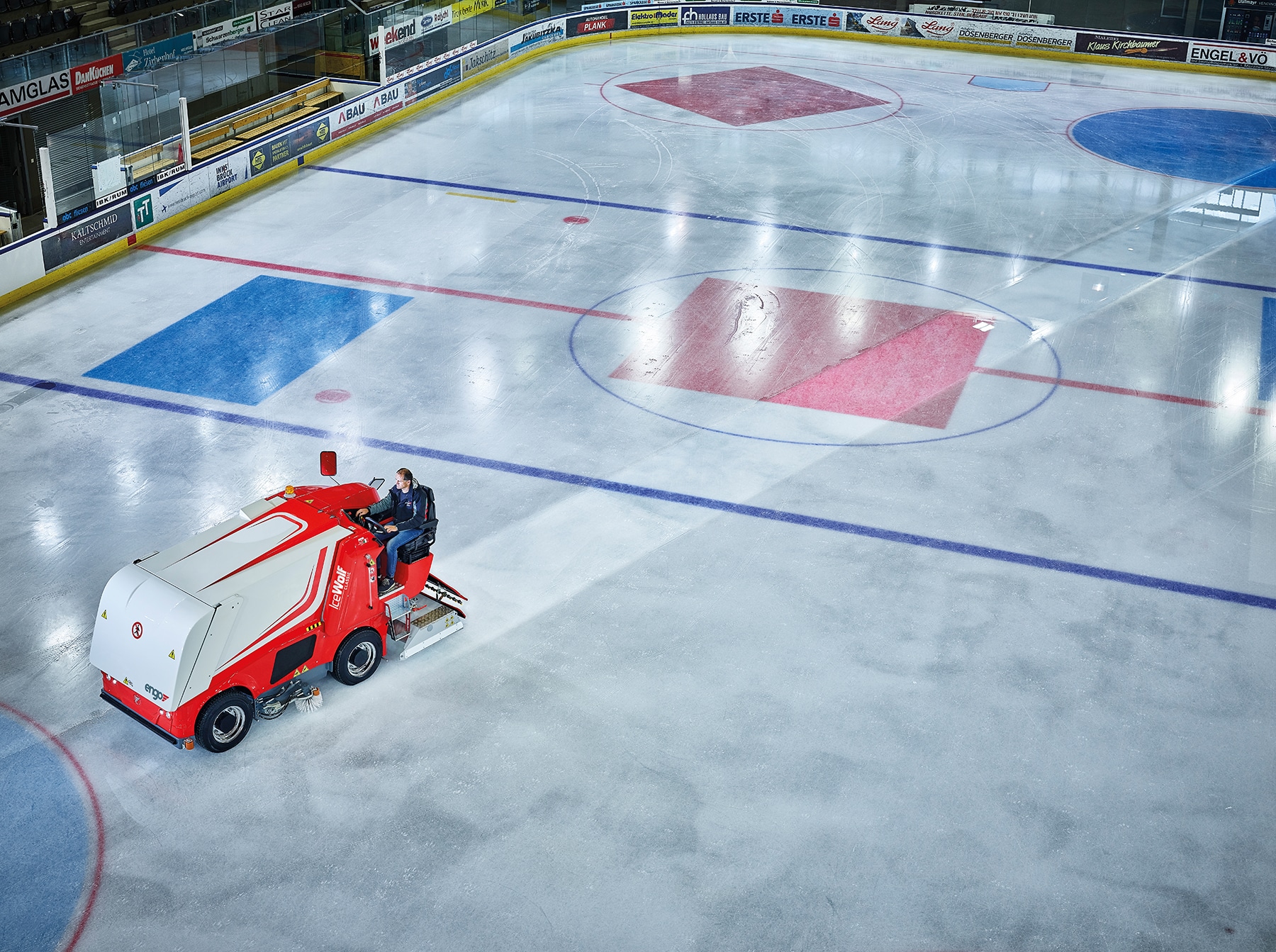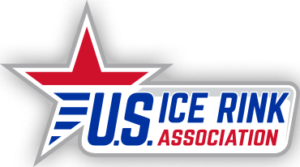Indoor Ice Rink Air Quality

Every year there are a handful of incidents at ice rinks in North America and around the world where people become sick due to elevated levels of Carbon Monoxide (CO) and/or Nitrogen Dioxide (NO2). These incidents have been commonly linked to the following factors:
- Machines powered by fossil fuels, such as ice resurfacers and ice edging equipment that have not been properly maintained by a qualified professional.
- Facility ventilation equipment that is not working properly and/or has not been maintained on a regular basis by a qualified professional.
- The absence of an ongoing indoor air quality-monitoring program at the facility.
The headlines always seem to point the finger at ice resurfacing equipment as the primary culprit of poor indoor air quality. However, ice resurfacing equipment manufacturers must meet stringent EPA emissions standards in order to sell their products within the United States. In reality, it is usually the lack of proper maintenance of the equipment after it is purchased that is the root cause of the problem.
Ice resurfacing and ice maintenance equipment are not the only potential contributors to poor indoor air quality in ice rinks. Any equipment that burns fossil fuel (gasoline, diesel, propane, natural gas) such as infrared bleacher heaters, hot water heaters and boilers, furnaces, dehumidifiers, forklifts, scissor or boom lifts, generators and idling vehicles outside the rink can all contribute to unacceptable levels of Carbon Monoxide and/or Nitrogen Dioxide.
What are Carbon Monoxide and Nitrogen Dioxide? How do they affect me?
Carbon Monoxide is a colorless, odorless, tasteless gas, which reduces the oxygen carrying capacity of blood.It is the product of incomplete fossil fuel combustion. Common symptoms of exposure to high levels of Carbon Monoxide are headaches, drowsiness, rapid breathing, nausea and vomiting.
Nitrogen Dioxide is a noxious gas that can be dark brown or reddish brown in color at elevated levels, and has a pungent, acrid odor. It is an unwanted by-product of fossil fuel combustion.Common symptoms of exposure to elevated levels of Nitrogen Dioxide are irritation to eyes, nose, throat and respiratory tract or shortness of breath.
What are the maximum levels of exposure to Carbon Monoxide and Nitrogen Dioxide?
Currently there are no federal indoor air quality regulations specific to indoor ice rinks for Carbon Monoxide and Nitrogen Dioxide exposure. However three states: Massachusetts, Minnesota and Rhode Island have put regulations in place for indoor ice rinks within their states. Each state’s regulations are similar, and are enforced by their departments of health. These regulations outline air sampling requirements, record keeping requirements, action levels and required corrective measures that must be taken by the rink operator. These state regulations can be found in links below.
What can your rink do to maintain acceptable indoor air quality?
The United States Ice Rink Association recommends the following minimum guidelines for maintaining acceptable indoor air quality in ice rinks.
- Fossil fueled ice resurfacing and ice edger equipment are emissions tested and tuned annually to manufacturer specifications by a qualified professional.
- Heating, Ventilation, Air Conditioning and Dehumidification equipment inspected quarterly and maintained to manufacturer specifications by a qualified professional.
- Facility ventilation equipment confirmed operational on a daily basis by staff.
- The facility have a written indoor air quality policy that outlines procedures for air sampling, record keeping, action levels and corrective actions.
- Air samples taken as described, with equipment approved in the Minnesota Department of Health – Indoor Ice Arena Rule 4620 (Found in links below)
- Action levels for the following emissions: (Minnesota Department of Health – Indoor Ice Arena Rule 4620)
- Carbon Monoxide (CO) 20ppm
- Nitrogen Dioxide (NO2) 0.3ppm
- When air samples exceed the action levels of CO and/or (NO2) above, follow the steps outlined in the Minnesota Department of Health – Indoor Ice Arena Corrective Action Flow Chart (Found in links below)
- Facility staff trained on the facility’s written indoor air quality policy and proper operation of air sampling equipment.
Originally published by U.S Ice Rink Association

